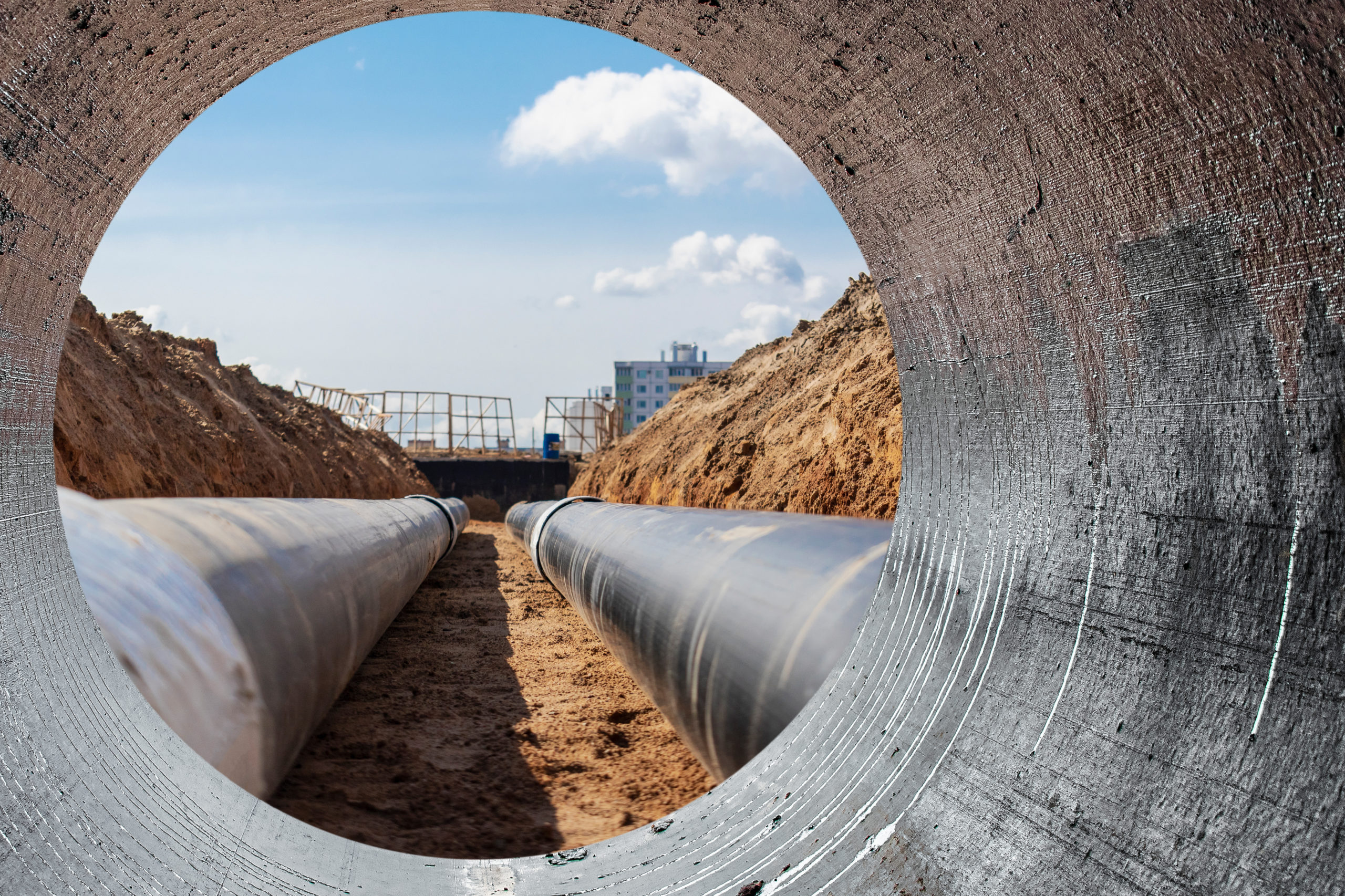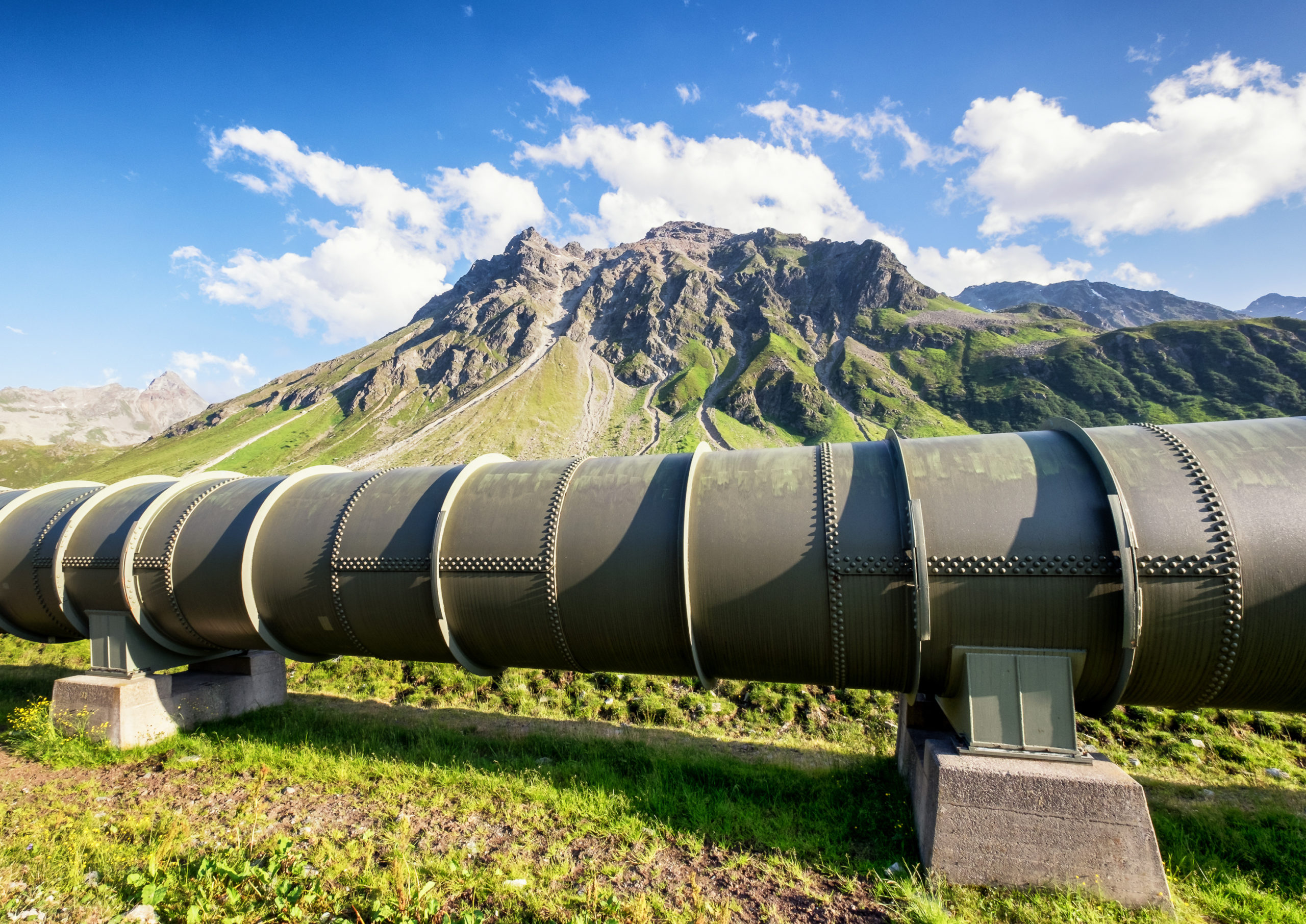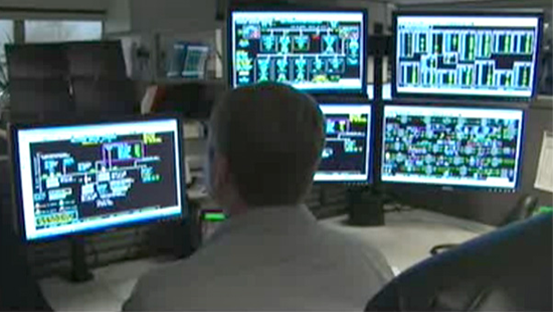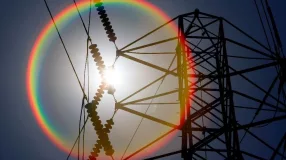Traveling is a great way to broaden your horizons. You probably have a list of places you’ve always wanted to visit. Maybe you crave the respite provided by nature in Yellowstone National Park, or want to explore the latest musical talent of Nashville. Did you know that natural gas is a component of the major sights and attractions in these cities?
Join us as we make our way across the U.S. From the West Coast to the East Coast, we’ll be sharing famous landmarks and lesser-known locales and exploring how natural gas makes them unique.
Our first stop: Seattle, Washington. Famous for the Pike Place Market, wonderful coffee shops and the Space Needle, it’s no wonder the rainy climate isn’t a deterrent to the city’s 18 million annual visitors.
How does natural gas contribute to Seattle’s appeal? For one, it’s a crucial part of the Space Needle, Seattle’s iconic observation tower that stands 605 feet high. The glass on the current tower and the 176 tons that will be used for its remodel starts with natural gas. Many glass manufacturers use natural gas combustion to heat the furnaces that melt the raw materials forming glass. Thanks to natural gas, you’re able to get a safe, uninterrupted view of the Seattle skyline.
Natural gas also plays a role in two of Seattle’s most famed characteristics: rain and coffee. Nylon, a synthetic fabric created from chemicals found in natural gas, is used to make the umbrellas that keep you dry during a Seattle rain. Natural gas also fires the roasters that heat the coffee beans to bring out their aroma and flavor.
Stay tuned for our next stops at the Grand Canyon, Las Vegas, Charleston and many more as we explore the relationship between natural gas and some of America's most loved cities.
Participate in the travel adventures by tagging your travel photos to any of our stops with the #FuelYourWanderlust hashtag.







